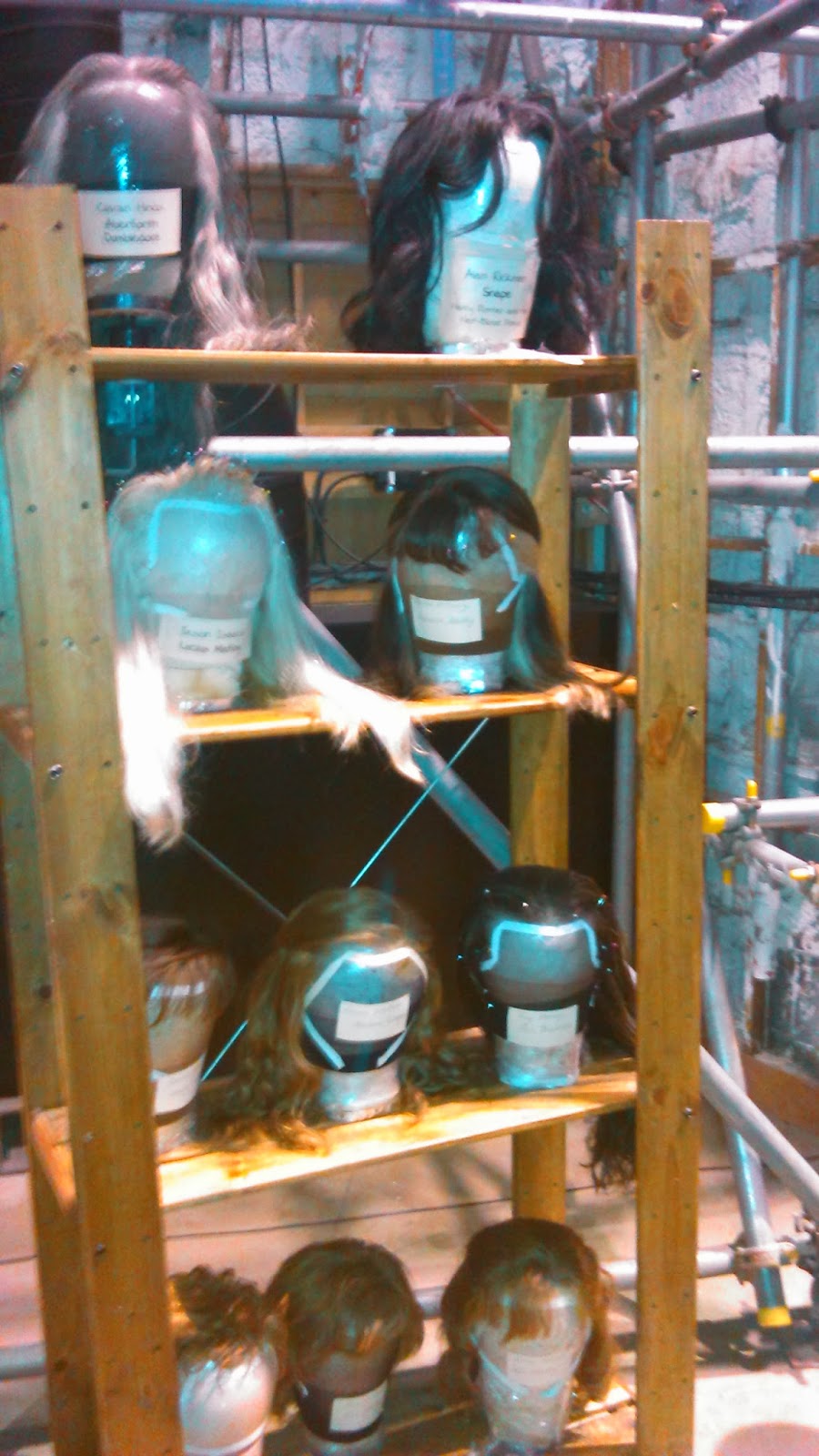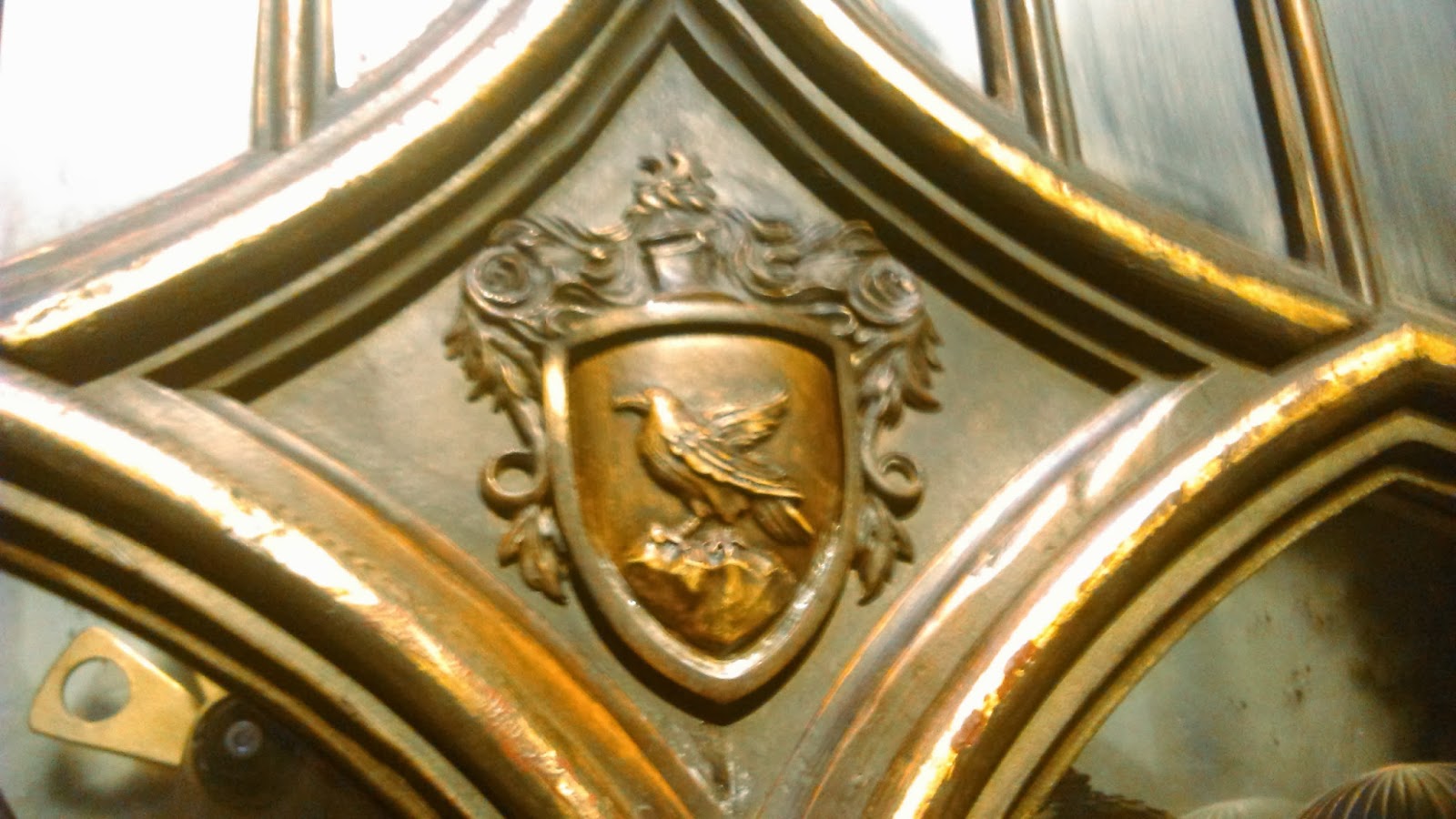2nd year Tech Effects
Brain fried tonight through misuse
Through misuse, through misuse
You can't avoid static abuse
Abuse, abuse
Without these pills you're let loose
You're let loose, you're let loose
Take off, get out, no excuse
No excuse, no excuse
What's that coming over the hill
Is it a monster? Is it a monster?
What's that coming over the hill
Is it a monster? Is it a monster?
What's that coming over the hill
Is it a monster? Is it a monster?
What's that coming over the hill?
Confused, mind bruised, it seeps out
It seeps out, it seeps out
Face down, home town looks so grey
Looks so grey, looks so grey
Convexed you bend, twist and shout
Twist and shout, twist and shout
Stand up brush off get moving
Get moving, get moving
What's that coming over the hill
Is it a monster? Is it a monster?
(x4)
Face down, home town, face down, home town
Face down, home town, it looks so grey
(x4)
What's that coming over the hill
Is it a monster? Is it a monster?
(x4)
Through misuse, through misuse
You can't avoid static abuse
Abuse, abuse
Without these pills you're let loose
You're let loose, you're let loose
Take off, get out, no excuse
No excuse, no excuse
What's that coming over the hill
Is it a monster? Is it a monster?
What's that coming over the hill
Is it a monster? Is it a monster?
What's that coming over the hill
Is it a monster? Is it a monster?
What's that coming over the hill?
Confused, mind bruised, it seeps out
It seeps out, it seeps out
Face down, home town looks so grey
Looks so grey, looks so grey
Convexed you bend, twist and shout
Twist and shout, twist and shout
Stand up brush off get moving
Get moving, get moving
What's that coming over the hill
Is it a monster? Is it a monster?
(x4)
Face down, home town, face down, home town
Face down, home town, it looks so grey
(x4)
What's that coming over the hill
Is it a monster? Is it a monster?
(x4)
Mark scottwood and Bruce Lacey
http://www.markscottwood.com/images.html
The Bruce Lacey Experience
7 July 2012
- 16 September 2012
Lacey has described his work as a type of personal psychotherapy which
has intuitively responded to his emotional needs. This approach began in
his early 20s; whilst hospitalised with tuberculosis after serving in
the Royal Navy he started to draw macabre scenes and childhood memories.
After his recovery in 1951, he enrolled at the Royal College of Art and
simultaneously began his performance career with outrageous stunts
drawn from circus and variety theatre.
Lacey often involved his family in his escapades, as revealed by Ken Russell’s 1962 documentary, The Preservation Man. In this film Russell captures Lacey’s flamboyance, his six children around him, revelling in a magical atmosphere. Around this time Lacey began constructing assemblages and machines expressing his feelings about the technologised and conservative Cold War society that surrounded him. He was hailed as a leading figure of the 'New Realism' and his assemblages took the form of full size kinetic automatons ('electric actors') including the comic figures of Old Moneybags, Clockface, Electric Man and Rosa Bosom. It was Rosa who won the ‘Alternative Miss World’ in 1985. A number of these are included in the exhibition. Lacey’s eccentricity and technical aptitude led to working relationships with performers such as Spike Milligan and Peter Sellers and he produced trick props for pioneering off-beat comedy shows. He also famously appeared as George Harrison’s flute playing gardener in The Beatles’ film Help.
Part of the show will be dedicated to Lacey’s performance activities – a practice that began in the 1970s and included performances with his collaborator Jill Bruce. Lacey revered the approach of pre-historic man in creating not for decorative or aesthetic ends but with the purpose of making something happen in the universe. He committed himself to becoming aligned with the mysterious forces of nature, becoming a transmitter and receiver of thoughts, ideas and energies. In the 1980s he returned to painting - which took the form of ritual diagrams and imagery, in shamanistic formats derived from performative endeavours.
The show will also explore Lacey’s childhood years and experiences. From an early age he gathered an extraordinary archive of bits and pieces, starting an obsessive process of collection and dispersal, from toys, stones and shells, to swords, pistols and shields. Born and brought up in London, Lacey continued living there until his production of performance rituals took him into the depths of the English countryside, and particularly to Norfolk where he has lived surrounded by his collections of ephemera since the 1980s.
The Bruce Lacey Experience will tour to The Exchange in Penzance in late September 2012. It coincides with the release of The Lacey Rituals: Films by Bruce Lacey and Friends, a DVD of restored films by BFI.
Lacey often involved his family in his escapades, as revealed by Ken Russell’s 1962 documentary, The Preservation Man. In this film Russell captures Lacey’s flamboyance, his six children around him, revelling in a magical atmosphere. Around this time Lacey began constructing assemblages and machines expressing his feelings about the technologised and conservative Cold War society that surrounded him. He was hailed as a leading figure of the 'New Realism' and his assemblages took the form of full size kinetic automatons ('electric actors') including the comic figures of Old Moneybags, Clockface, Electric Man and Rosa Bosom. It was Rosa who won the ‘Alternative Miss World’ in 1985. A number of these are included in the exhibition. Lacey’s eccentricity and technical aptitude led to working relationships with performers such as Spike Milligan and Peter Sellers and he produced trick props for pioneering off-beat comedy shows. He also famously appeared as George Harrison’s flute playing gardener in The Beatles’ film Help.
Part of the show will be dedicated to Lacey’s performance activities – a practice that began in the 1970s and included performances with his collaborator Jill Bruce. Lacey revered the approach of pre-historic man in creating not for decorative or aesthetic ends but with the purpose of making something happen in the universe. He committed himself to becoming aligned with the mysterious forces of nature, becoming a transmitter and receiver of thoughts, ideas and energies. In the 1980s he returned to painting - which took the form of ritual diagrams and imagery, in shamanistic formats derived from performative endeavours.
The show will also explore Lacey’s childhood years and experiences. From an early age he gathered an extraordinary archive of bits and pieces, starting an obsessive process of collection and dispersal, from toys, stones and shells, to swords, pistols and shields. Born and brought up in London, Lacey continued living there until his production of performance rituals took him into the depths of the English countryside, and particularly to Norfolk where he has lived surrounded by his collections of ephemera since the 1980s.
The Bruce Lacey Experience will tour to The Exchange in Penzance in late September 2012. It coincides with the release of The Lacey Rituals: Films by Bruce Lacey and Friends, a DVD of restored films by BFI.
Subscribe to:
Comments (Atom)





































